Screening for the over 65s
...some, we automatically send invitations. For others, people can contact the relevant screening programme to ask for an appointment. It is completely up to the individual whether or not to...
...some, we automatically send invitations. For others, people can contact the relevant screening programme to ask for an appointment. It is completely up to the individual whether or not to...
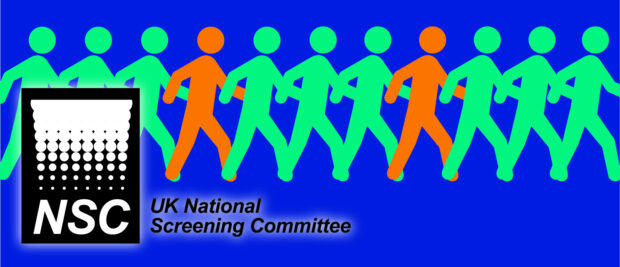
...seem that innovation moves slowly in the world of screening. But the UK National Screening Committee (UK NSC) is committed to evaluating emerging technologies as soon as it’s practical to...

The UK’s processes and standards for reviewing screening policy and making screening recommendations are recognised and respected as world leading.
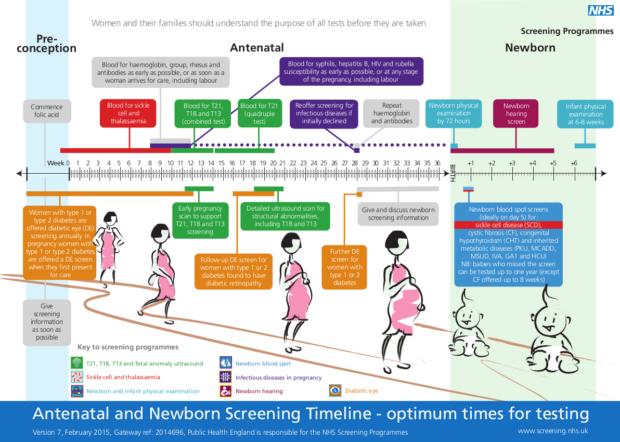
...before the conference is over! We seem to have a knack of underestimating the popularity of this particular resource. Maybe it’s because it’s all there in one place and a...
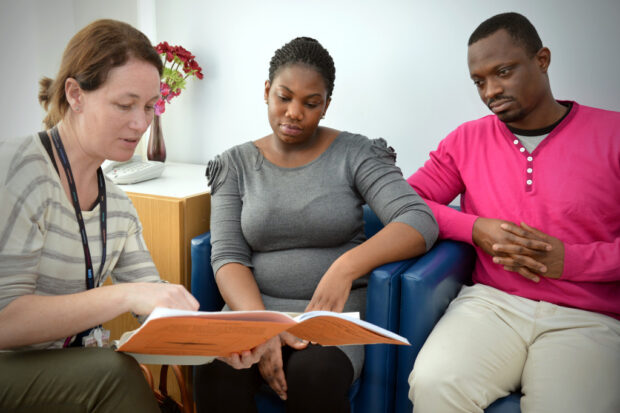
...conditions was quite low in BME communities, often due to cultural and language barriers. The team therefore worked with the Sickle Cell and UK Thalassaemia Societies to plan the best...
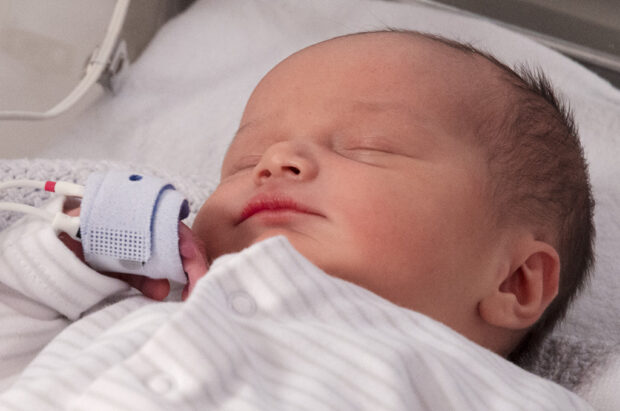
...38,000 newborn babies. This is likely to identify around 300 babies with heart problems. The NIPE team has worked with the 15 pilot site trusts who have now either aligned...

...to so many people who have so many different perspectives on screening. It's helped out to refine our understanding and description of what distinguishes systematic population screening programmes from other...
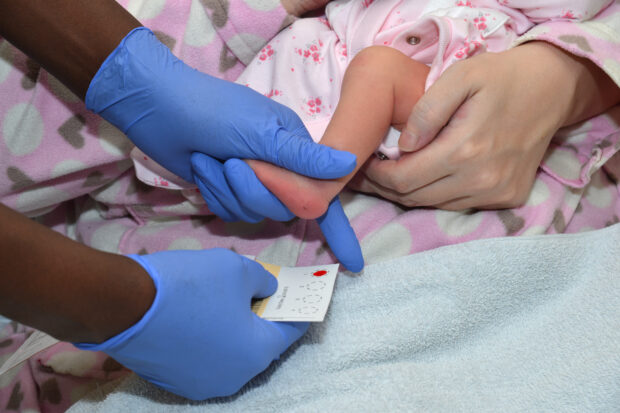
...example: There has been one record that I wanted to make you aware of which was for a baby born at [hospital]. They failed to notify [neighbouring community team] of...
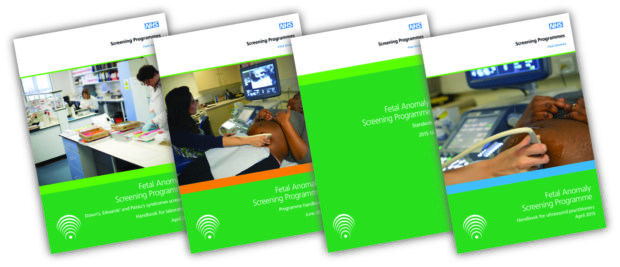
...and the other for T18 / T13. A risk cut-off determines those women who are in the ‘higher risk’ group and considered ‘screen positive’ – this is currently set at...

Population screening programmes provide compelling evidence that early intervention reduces the burden of disease and improves health.